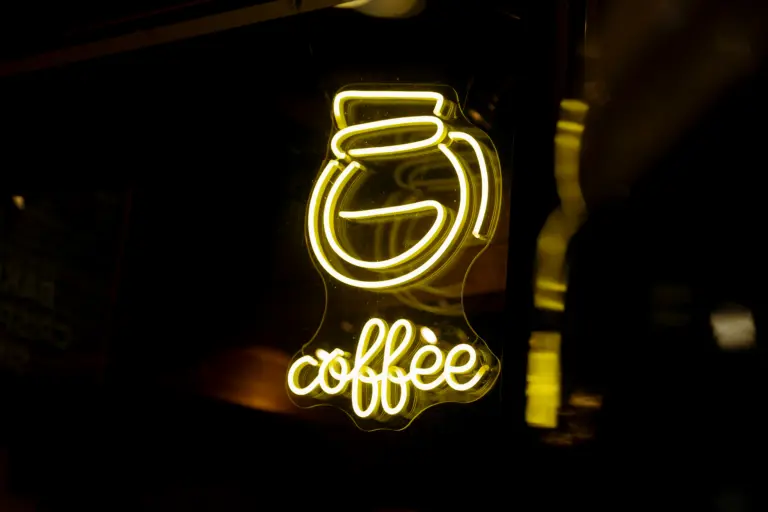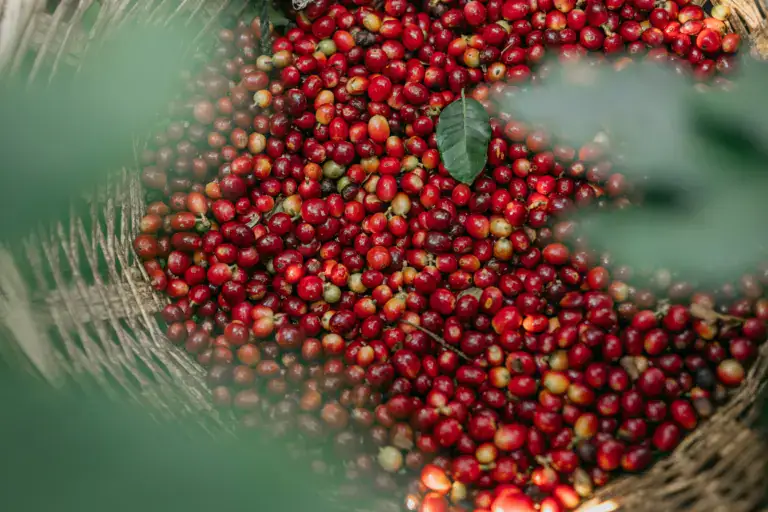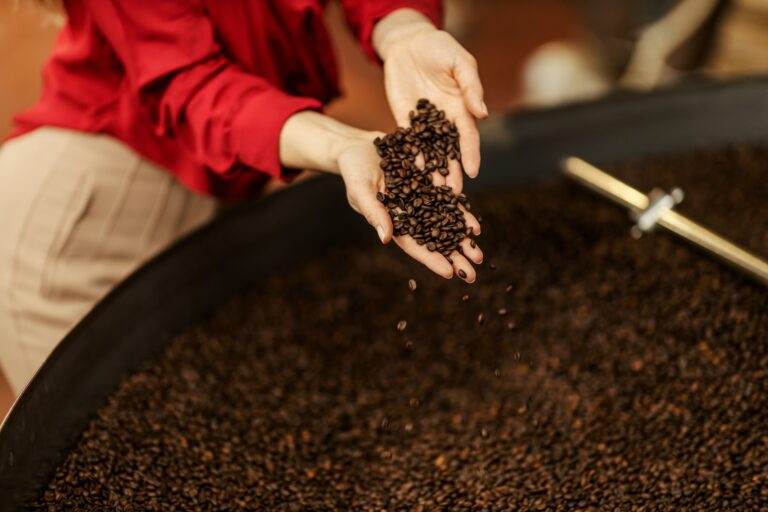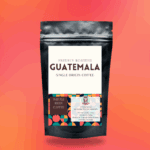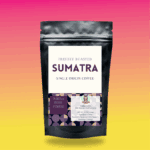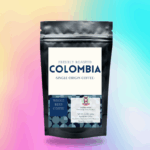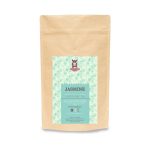Free Shipping on all U.S. orders $50+
Coffee Bean 101: Arabica vs. Robusta – Complete Guide to Coffee Bean Types
Last updated: June 2025 | 8 min read
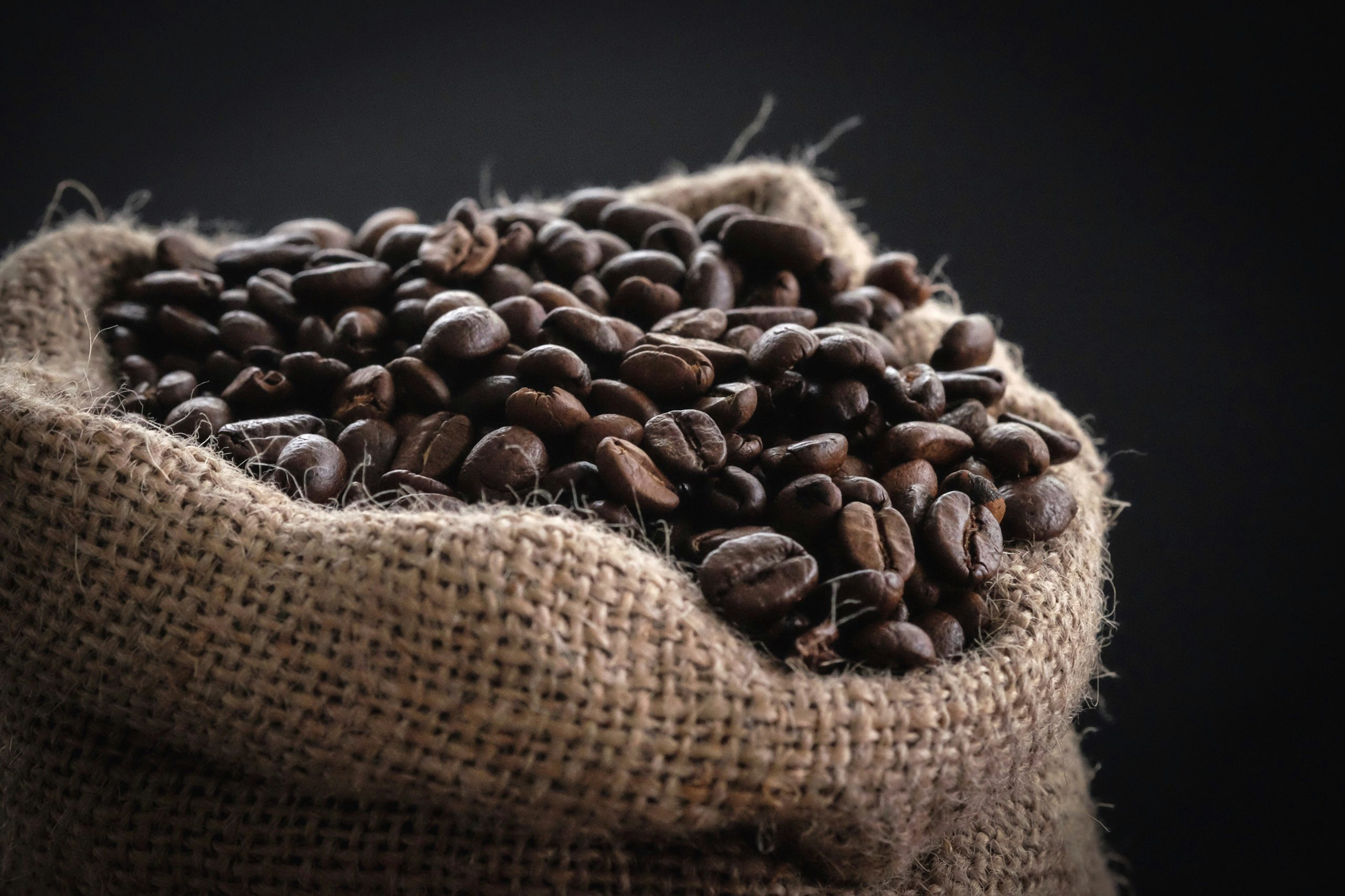
Whether you’re a coffee connoisseur or just starting your caffeine journey, understanding the difference between Arabica and Robusta coffee beans is essential to choosing the perfect cup. These two coffee bean types make up nearly 99% of the world’s coffee production, yet they offer vastly different experiences for your taste buds and wallet.
In this comprehensive guide, we’ll explore everything you need to know about Arabica vs Robusta beans, including taste differences, caffeine content, growing conditions, and which type is best for your brewing method.
What Are the Main Coffee Bean Types?
Coffea arabica and Coffea canephora (commonly known as Robusta) are the two most popular coffee bean varieties in the world. While there are actually over 120 species of coffee plants, these two types of coffee beans have risen to prominence for good reason – they’re both commercially viable and offer distinct characteristics that cater to different preferences and brewing methods.
Arabica Coffee Beans: The Premium Choice
Arabica coffee beans account for approximately 60-70% of global coffee production, and there’s a reason they’re considered the best coffee bean type for flavor. Originally discovered in the highlands of Ethiopia, Arabica plants are the divas of the coffee world – they’re picky about their growing conditions but reward careful cultivation with exceptional flavor.
Arabica Coffee Taste Profile
Arabica beans deliver a smooth, complex taste with a wide range of flavor notes. You might detect hints of chocolate, nuts, fruits, or even floral undertones. The acidity is typically bright and pleasant, contributing to a clean finish that doesn’t linger with bitterness.
Growing Conditions
These beans thrive at higher altitudes (typically 2,000-6,000 feet) in cooler climates with consistent rainfall. They’re sensitive to temperature fluctuations and require more care, making them more expensive to cultivate. Major growing regions include Colombia, Ethiopia, Guatemala, and Jamaica.
Caffeine Content
Arabica beans contain about 1.2-1.5% caffeine, roughly half the amount found in Robusta beans. This lower caffeine content contributes to their smoother, less bitter taste.
Robusta Coffee Beans: The Strong and Resilient Choice
Don’t let the name fool you – while Robusta coffee beans might sound rough, they’re actually a powerhouse that deserves respect. Representing about 30-40% of global coffee production, Robusta vs Arabica shows clear differences in strength and growing resilience. Robusta beans are the backbone of many espresso blends and instant coffees.
Robusta Coffee Taste Profile
Robusta beans pack a punch with a stronger, more bitter flavor profile. They often have earthy, woody, or nutty notes, and while they may lack the nuanced complexity of Arabica, they provide a bold, full-bodied experience that many coffee lovers crave.
Growing Conditions
True to their name, Robusta plants are incredibly resilient. They can grow at lower altitudes (sea level to 2,000 feet) and are resistant to diseases and pests that often plague Arabica plants. This hardiness makes them easier and cheaper to cultivate, primarily in regions like Vietnam, Brazil, and parts of Africa.
Caffeine Content
With 2.2-2.7% caffeine content, Robusta beans deliver nearly twice the caffeine kick of Arabica. This higher caffeine content acts as a natural pesticide, helping the plants resist insects and diseases.
Coffee Bean Price Differences: Arabica vs Robusta Cost
The coffee bean price difference between Arabica and Robusta reflects their cultivation challenges and market demand. Arabica coffee beans typically cost 50-100% more than Robusta coffee beans, depending on quality and origin. This price gap exists because:
- Arabica plants are more difficult to grow and maintain
- They produce lower yields per plant
- Higher altitude farming increases production costs
- Consumer preference drives premium pricing
Best Coffee Beans for Different Brewing Methods
Your choice between Arabica and Robusta coffee beans can significantly impact your brewing experience:
Best Arabica coffee beans work best for:
- Pour-over methods (V60, Chemex)
- French press
- Cold brew
- Single-origin coffee experiences
Best Robusta coffee beans excel in:
- Espresso blends (provides crema and body)
- Instant coffee
- Strong, bold brewing methods
- Situations where you need maximum caffeine
Which Coffee Bean Type Should You Choose?
The “best coffee bean” ultimately depends on your personal preferences and brewing habits. Here’s how to choose between Arabica vs Robusta coffee:
Choose Arabica coffee beans if you:
- Prefer smooth, complex flavors
- Enjoy exploring different tasting notes
- Don’t mind paying more for quality
- Are sensitive to caffeine
Choose Robusta coffee beans if you:
- Want maximum caffeine content
- Enjoy bold, strong coffee
- Are budget-conscious
- Love espresso-based drinks
Coffee Bean Blends: Combining Arabica and Robusta
Many coffee roasters combine both coffee bean types to create blends that offer the best of both worlds. A typical espresso coffee blend might contain 80% Arabica for flavor complexity and 20% Robusta for body, crema, and caffeine kick. These coffee blends can provide a balanced cup that’s both flavorful and energizing.
Conclusion: Understanding Coffee Bean Types
Understanding Arabica and Robusta coffee beans opens up a world of coffee exploration. Rather than viewing one coffee bean type as superior to the other, consider them as different tools in your coffee toolkit. Arabica coffee beans offer refinement and complexity, while Robusta coffee beans provide strength and reliability.
The next time you’re shopping for coffee beans, take a moment to check the bean type. Experiment with different origins, processing methods, and blends. Your perfect cup might be a single-origin Ethiopian Arabica, a Vietnamese Robusta, or a carefully crafted blend of both.
Remember, the best coffee beans are the ones you enjoy drinking. Whether you’re team Arabica, team Robusta, or somewhere in between, there’s a whole world of flavors waiting to be discovered in your cup.
Frequently Asked Questions:
Q: What’s the difference between Arabica and Robusta coffee beans?
A: Arabica beans are smoother and more complex with lower caffeine, while Robusta beans are stronger, more bitter, and contain nearly twice the caffeine.
Q: Which coffee bean type has more caffeine?
A: Robusta coffee beans contain 2.2-2.7% caffeine, nearly double the 1.2-1.5% found in Arabica beans.
Q: Are Arabica coffee beans better than Robusta?
A: Neither is objectively “better” – Arabica offers more complex flavors while Robusta provides strength and caffeine. The best choice depends on your taste preferences and brewing method.

